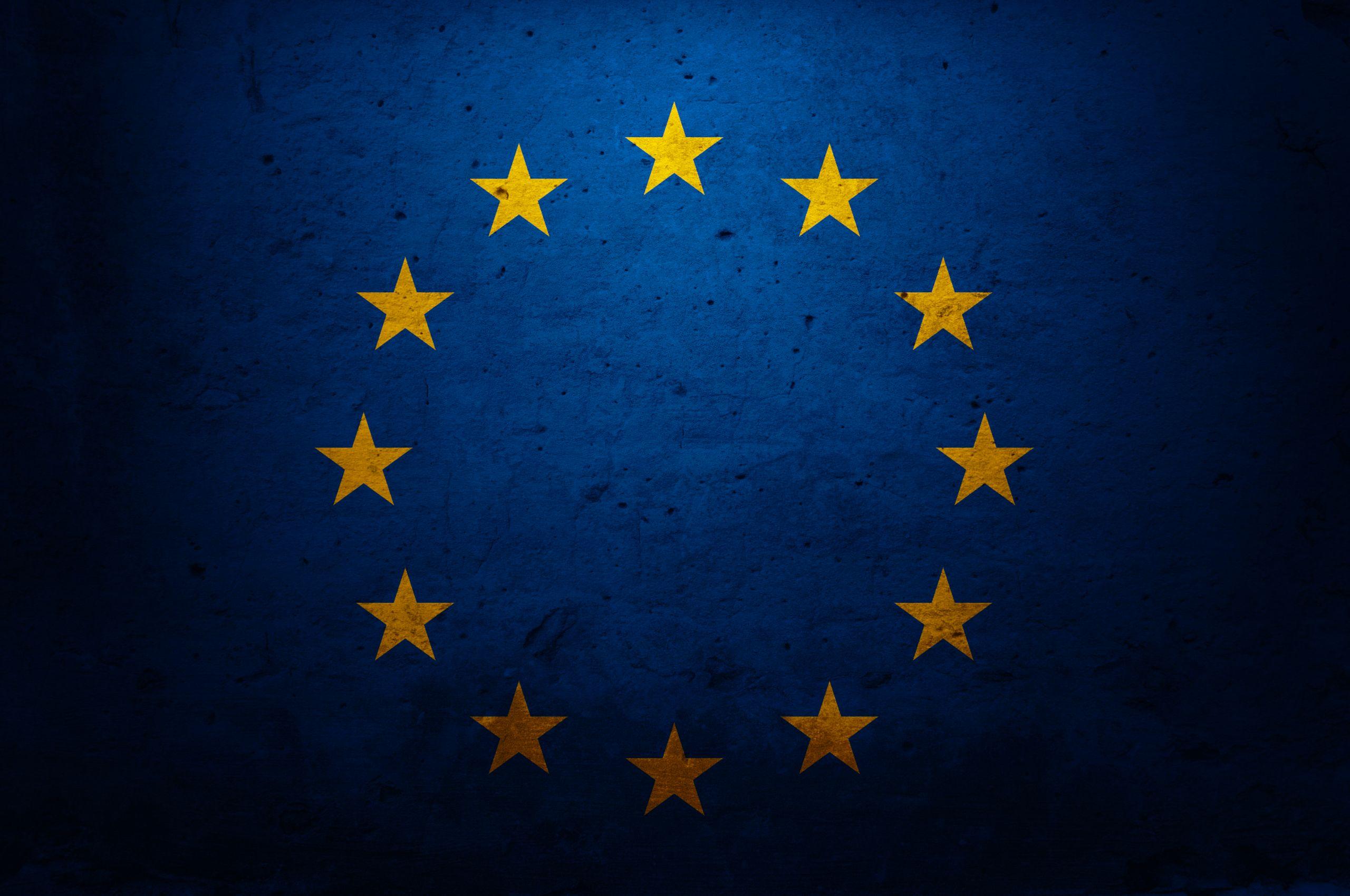CANAZEI, Italy — The sudden, deadly collapse of an Italian glacier is confronting the country with a sobering realization: There is little anyone can do to stop more such calamities, even as climate change makes them more likely.
Canazei, a kitschy holiday town in the northeastern South Tyrol region, has become the staging post for a recovery mission since a mammoth slice of ice broke away from the glacier on top of the Marmolada mountain shortly before 2 p.m. on Sunday.
The torrent that hit hikers below was so violent that, four days later, the rescuers were still performing the gruesome work of picking through the ice, rock and mud for evidence of those still missing. That task was overshadowed by the threat of further slippage of ice from above. The death toll has risen to nine, with three more people missing.
Early scientific assessments suggested that the collapse was the result of both long-term melting and a superheated spring in which temperatures sat stubbornly above zero, even at high altitude.
Visiting the area on Monday, Prime Minister Mario Draghi tied the disaster to climate change and promised the government would “reflect on what happened and must take action, so that what has occurred has a very low chance of happening [again] or can even be prevented.”
But the reality is that no one — not even the man who some say saved the euro just by willing it — can control the impact of global warming in the Alps.
Nor are scientists equipped to predict disasters like the one that took place on Sunday. That’s worrying, as experts say the region is entering a 30-year period when around half the Alps’ glacial ice will melt no matter what the world does to limit its carbon emissions.
“The specific event of the Marmolada will be remembered as a sort of epiphany that reveals the new conditions of the mountains and of alpine glaciers,” said Giovanni Baccolo, a researcher at the University of Milan. “So starting from now, we know that also some glaciers that were not considered a menace, now, they can potentially produce some problems.”
A hydroelectric dam at the base of Marmolada mountain has lost much of its water from the lack of winter snow | Karl Mathiesen/POLITICO
Baccolo said he expects more collapses like Marmolada this year. Whether people find themselves in the path of destruction is a matter of chance.
There is little comfort in those words for the 14 million Europeans who live in the Alps, not to mention the millions more who visit each year, even if the dangers are largely restricted to specific zones in the paths of glaciers.
Those who lost family members on the mountain are also struggling for answers. Debora Campagnaro, whose sister and brother-in-law — mountain guides Erica Campagnaro and Davide Miotti — led a group up the mountainside on Sunday and did not return, spoke to media on Tuesday night at the rescue center in Canazei.
“Why didn’t anyone make a warning on Saturday that there was water flowing under the glacier?” she asked. “Why didn’t they stop the people? Why did they let them go?”
Advance warnings
Warning systems on glaciers do exist. Ideally, glacier monitoring combines data from radars, lasers, webcams and a human presence on the mountain, said Valter Maggi, the president of the Italian Glaciological Committee, which collects data on all the country’s glaciers.
But these techniques are expensive, labor intensive and even once in place aren’t foolproof. Mostly they assess what is happening on the surface of the glacier. On the Marmolada, scientists say the problem was likely created by water pooling up to 50 meters beneath the ice surface.
Daniele Giordan, a glaciologist on the Italian National Research Council who has spent the past decade setting up comprehensive monitoring systems on two glaciers on the Italian side of Mont Blanc, said the systems are improving with time.
In the past two years, they picked up an alarming new movement in the Planpincieux glacier. But even with the best, most expensive, system in place, Giordan said he could not be sure of catching a collapse before it smashes into the community below.
“The answer? I hope. I understand that is not a good answer. But we are working a lot to improve,” he said.
Trying to apply sophisticated monitoring solutions to the Alps’ 4,000 glaciers would be “crazy” and unaffordable, he added, suggesting that a system that prioritizes high-risk glaciers would be more realistic.
Maggi agreed that setting up a lower level of monitoring at a greater number of glaciers could help to spot when something unusual happens.
The deployment of that type of monitoring is lagging behind the accelerated pace of change in the region.
A rescue helicopter flies toward the collapsed glacier | Karl Mathiesen/POLITICO
Scientists have long known that Alpine glaciers were becoming unstable. And their warnings have increasingly reached political ears. In April, Jean Pierre Fosson, secretary-general of the Fondazione Montagna Sicura, which promotes mountain safety and monitors glaciers in the Valle D’Aosta area, told a hearing of the Italian senate that action is urgently needed in the face of heightened risks from the impact of climate change.
But there is not yet a comprehensive monitoring plan for politicians to consider or figure out how to finance. Fosson told the senate that his group were working on such a plan. Other scientists are discouraged though, said Maggi, by “the possibility that we could produce a document and nobody wants to read or use [it].”
Predicting the unpredictable
Miotti and Campagnaro were highly experienced mountaineers who would not have gone up the mountain if there was any suggestion the glacier was at risk of collapse, according to their family.
The tragedy that ensued was entirely “exceptional and unforeseeable,” said Maurizio Dellantonio, the chief of the National Alpine and Speleological Rescue Corps. “You can predict something that you have historical experience of. If nothing like this has ever happened, how can you predict such an event?”
The Marmolada has made clear, yet again, that relying on patterns of the past to assess present or future risk no longer works.
“What we think was safe 10 years ago, now would not be safe,” said Ilaria Santin, a PhD student at the University of Trieste, who published research on the glacier that found it lost 30 percent of its volume in the decade between 2004 and 2014.
But despite scientific warnings that certain disasters are happening more often as a result of climate change, individuals and authorities continue making judgement calls based on the way the world used to be, not the way it is now.
In Belgium and Germany last year, flood management authorities were caught unprepared to deal with the levels of rain that arrived, exacerbating the situation. In areas where there is increasing risk of forest fires — such as the western United States or eastern Australia — people keep building, then losing, homes among the drying timber.
Italian authorities are now wrestling with how to manage an altered, unstable Alpine landscape — a situation for which there is no precedent.
Nor are there any immediate solutions on Draghi’s desk. A government official said it was still too early to know what measures could be taken to avert future disasters.
Civil protection authorities will investigate and then make recommendations, the official said, adding that it was hard to imagine the country closing off its glaciers completely or during dangerous periods — a proposal floated by some scientists.
Blocking public access to glaciers would be “completely impossible” in practice, said Arno Kompatscher, the governor of the South Tyrol province. He acknowledged that climate change meant there would be more collapses.
Rescuers in Canazei | Karl Mathiesen/POLITICO
“We can do two things. Intensify monitoring in known critical situations, and secondly we can make people aware [that] it’s not like going to the park, there is always a residual risk,” said Kompatscher.
Some scientists agree. “The glaciers cannot be closed,” said Fosson from the Fondazione Montagna Sicura. “Who would check? Are you going to put barbed wire? It would be like trying to close the sea.”
But, as improbable as it sounds, beach closure is precisely what happens at popular Australian spots when there is a shark sighting, despite attacks being rare and unpredictable.
Local impact
At the foot of the Marmolada, a kilometer below where the new hole in the glacier stares down like a blue unlidded eye, Andrea De Bernardin runs a small museum.
In it he keeps a collection of artefacts from World War I, when Austro-Hungarian troops dug 12 kilometers of tunnels far inside the glacier and held the position for two years in their battle with the Italians. Such a thing is hard to even contemplate now that the underbelly of the glacier is being attacked by pooling meltwater, he said.
De Bernardin, who has published a book on the glacier’s century-long retreat up the slopes, echoed the idea that Sunday’s tragedy was impossible to predict.
Andrea De Bernardin | Karl Mathiesen/POLITICO
“The day was very beautiful with sunshine, and no one could imagine [what would happen]. Not even the mountain guides,” he said. “If they had asked me, the mountaineers, can we go and do the normal route on the Marmolada? I would have said yes.”
De Bernardin, who is mayor of the nearby Rocca Pietore commune, said he was also concerned about the community around the mountain. The collapse “has very, very strong repercussions” for the local community and could have negative implications for the local tourism industry, he said.
Most visitors to the base of the mountain seemed to be hanging back on the opposite side of a lake — which has been dramatically shrunk by the lack of winter snow.
Staff at the Rifugio Cima Undici, a local restaurant that sits directly beneath the glacier but far below the debris of the collapse, said the usual lunch crowds had been replaced by a trickle of journalists more interested in asking questions than ordering Tyrolean dumplings.
De Bernardin worried about the impact of their coverage. “Because the message that is getting through is that the whole area is impassable, everything is closed,” he said.
The solution is not to block access but to take measures that would reassure visitors, such as cordoning off the areas directly beneath glaciers to highlight that others are still considered safe.
Taking those steps, he said, will be crucial to “revive a mountain that is still undoubtedly very beautiful, but also has these new problems, which we didn’t think could happen.”
This article is part of POLITICO Pro
The one-stop-shop solution for policy professionals fusing the depth of POLITICO journalism with the power of technology
Exclusive, breaking scoops and insights
Customized policy intelligence platform
A high-level public affairs network




